Warning: Spoilers for Ant-Man and the Wasp: Quantumania to follow.
Having made an unprecedented cultural impact nearly five years ago with the Infinity War–Endgame one-two combo, Marvel Studios now has the unenviable task of somehow one-upping itself, presumably starting with 2025’s Avengers: The Kang Dynasty.
The jury, of course, is still out on whether or not such a goal can be realized, and probably will be for a hot minute as the world attempts to recover from a shaky start to Phase Five. We will, however hedge our bets that the current logistics of the MCU‘s multiverse will harm such an endeavor rather than help.
It’s one thing to suspend disbelief, but it’s quite another to find yourself without any conceivable tension to grasp onto; with the introduction of Kang, his many variants, and the multiverse that houses said variants, we’re beginning to verge on some of Marvel’s upper echelons of power levels, and it’s only a matter of time before we get a villain of nigh omnipotence for our heroes to contend with.
But of course, this is a story, and not only is it a story; it’s a story that Marvel Studios is expecting many a mainstream audience to consume, meaning it can only get away with the defeat of the heroes for so long. All of this to say, when the villain is so powerful to the point that they can destroy and otherwise toy with time and space itself, one may wonder if having such a villain is even worth it; giving the heroes a chance against omnipotence (which is an inevitability when considering the target audience) defeats the purpose of omnipotence, which at that point is the villain’s big selling point, and all of a sudden, your tension begins collapsing on itself.
And-Man and the Wasp: Quantumania was the perfect example of this. We were introduced to Kang the Conqueror, a multiversal antagonist who for all intents and purposes was marketed as a threat that would blow Thanos out of the water, and for a second, he certainly seemed that way; the way he effortlessly toyed with Scott Lang and his daughter Cassie, to say nothing of the many Quantum Realm denizens he evaporated in the blink of an eye, on top of allegedly murdering who knows how many Avengers, indicated that this was one scary dude.
And then the ants came, and Kang fell over in the blink of an eye, suddenly deprived of all the awesome power he seemed to have up until that point, because the hero needed to win.
What made Infinity War and Endgame work so well didn’t have to do with the literal, universe-wiping threat that Thanos presented, but the much more personal, emotional stakes that Iron Man in particular embodied, especially as the key opposing force to Thanos.
It helps, of course, that Thanos’ power was properly showcased in Infinity War to the point that he could be read as the film’s protagonist; he succeeds in his mission, all hope is suddenly lost, and we’re left wondering how the heroes will ever find their way back from this.
And for a time, they don’t; the five years following the events of Infinity War are marked by a universe deprived of half of all life; one that the Avengers can choose to accept as their new normal, or one that they can try and fix. But this time, the Avengers can no longer save the day by reacting to a threat, but by proactively doing whatever it takes to return life to the universe, further highlighting the emotional conscience with which they operate.
For Tony Stark, this meant putting his life with his family at risk for the sake of the greatest good, a good that ultimately required a self-sacrifice that he was ready to make, completing a character arc incited by what was perhaps his first experience with guilt in the first Iron Man film.
It was the grounded, character-driven ethos of the Infinity Saga’s bread and butter that made its capstone films work the way they did. With the Multiverse Saga seeming to be set on simply going bigger with their threat; a threat that will realistically need to be countered one way or another, Marvel could be setting itself up for complete reckless abandon of believability for the sake of getting the densest possible, crossover-for-the-sake-of-crossover spectacle that cinemas have ever seen, and the empty result will only get recognized by more and more people.
Indeed, if Marvel keeps insisting on going big, it just might end up going home, so the studio will need to play its cards right with Kang, and perhaps find a new franchise protagonist, if it wants to bring some real emotional meat out of the otherwise dizzying multiverse shenanigans that the next few phases will be indulging in.

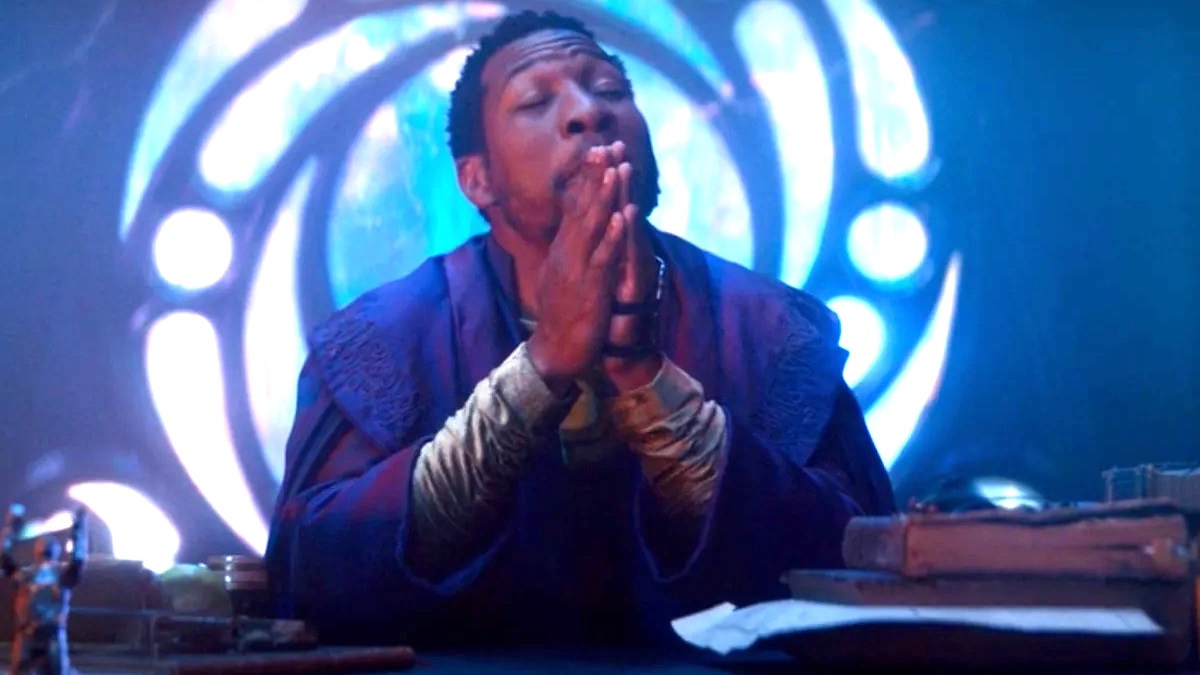
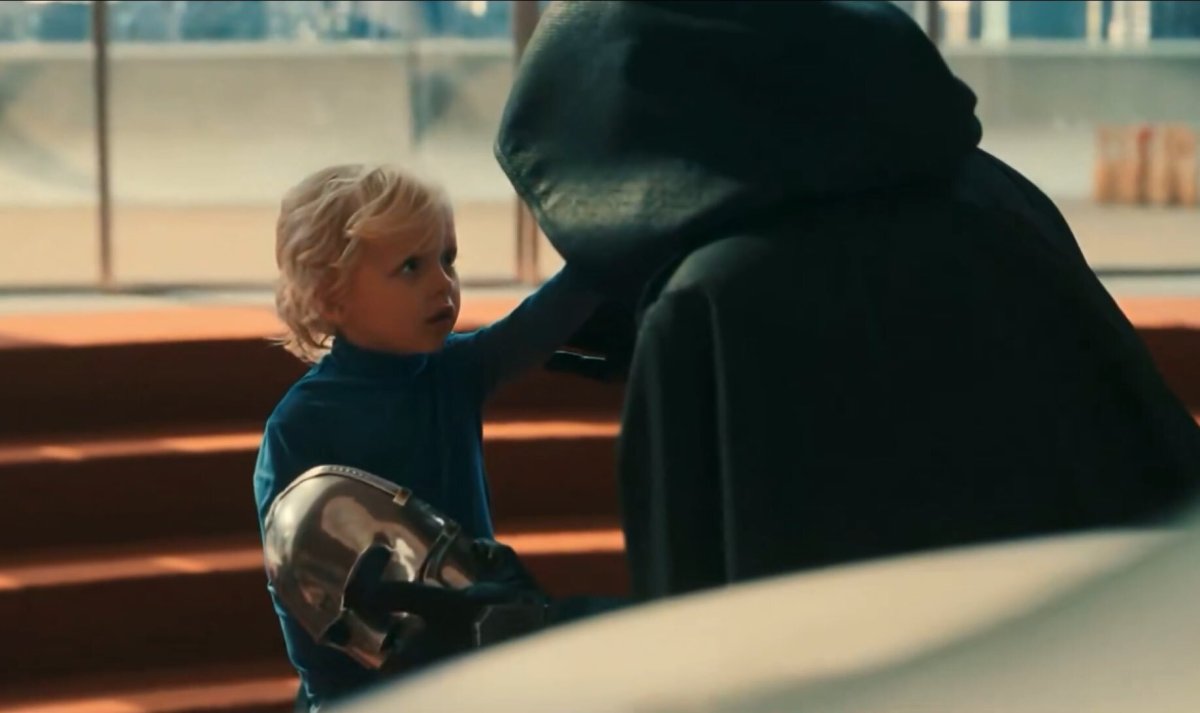
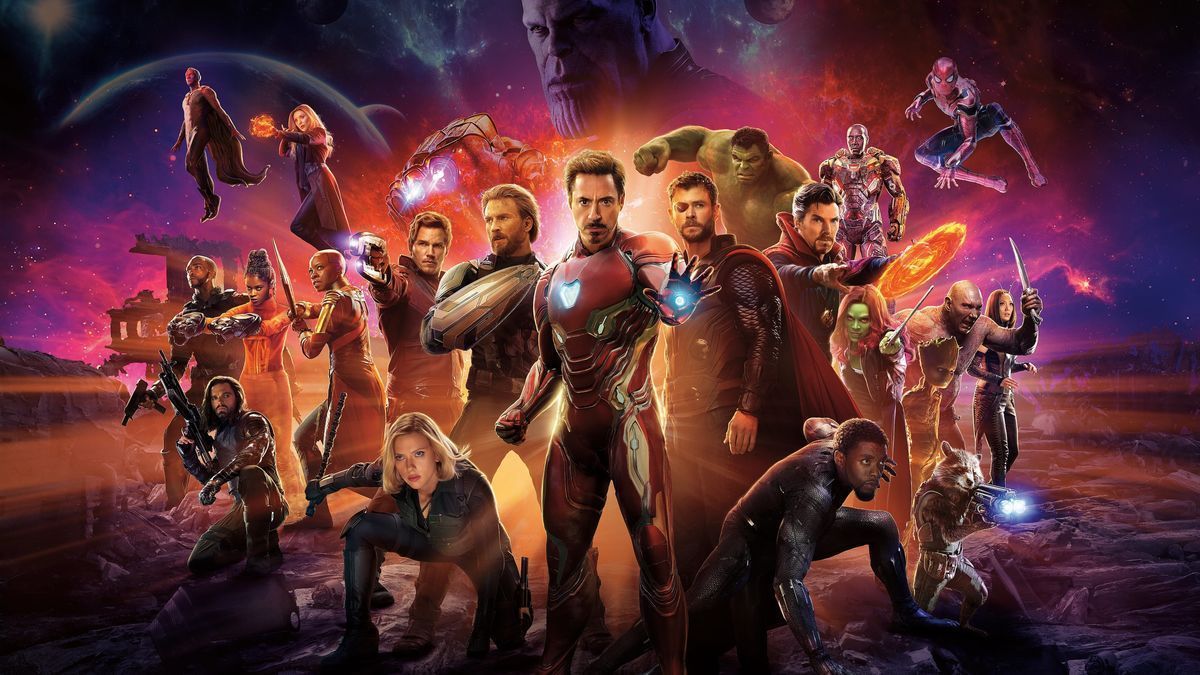
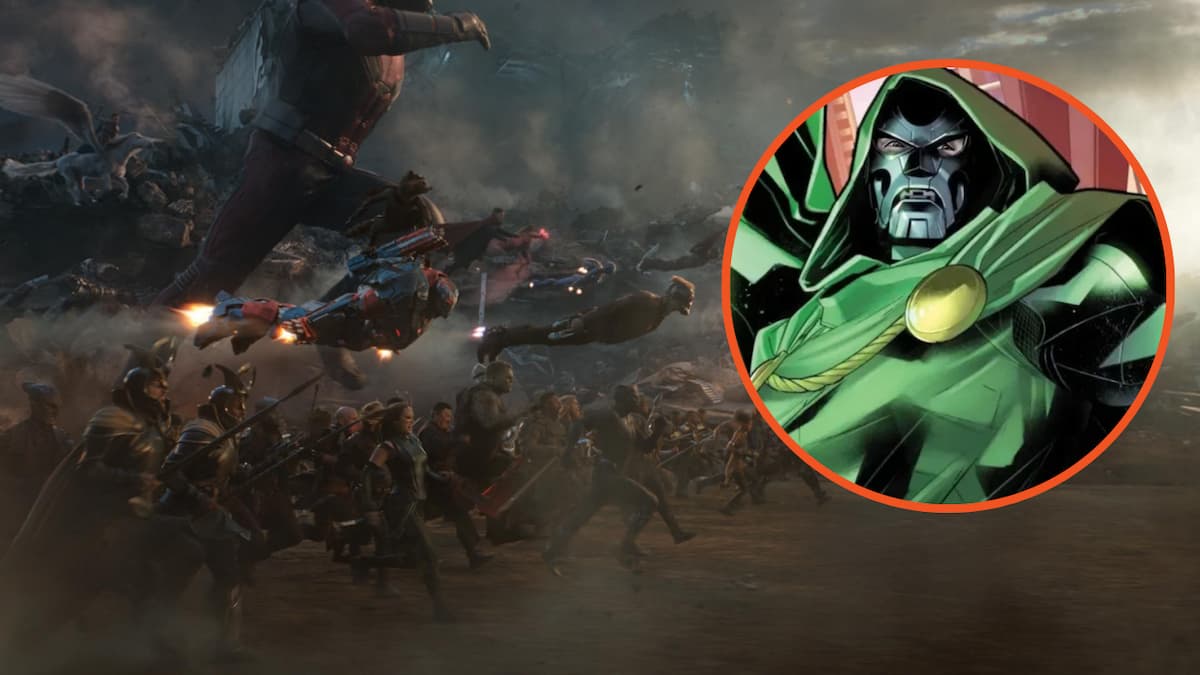
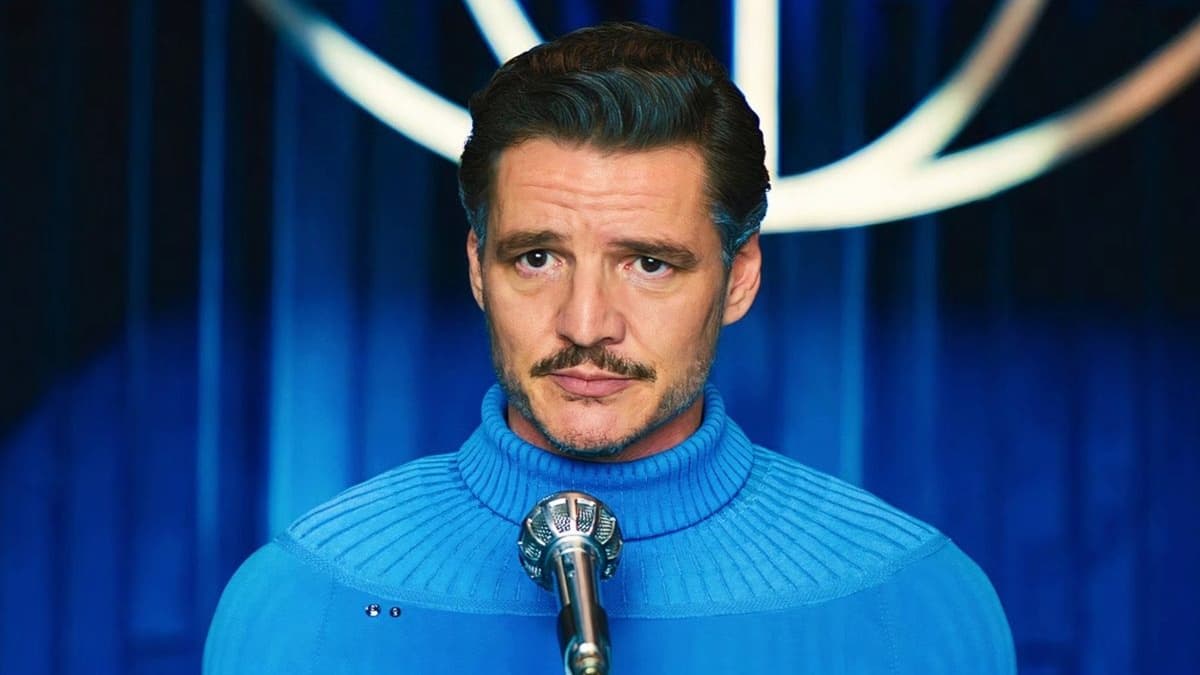
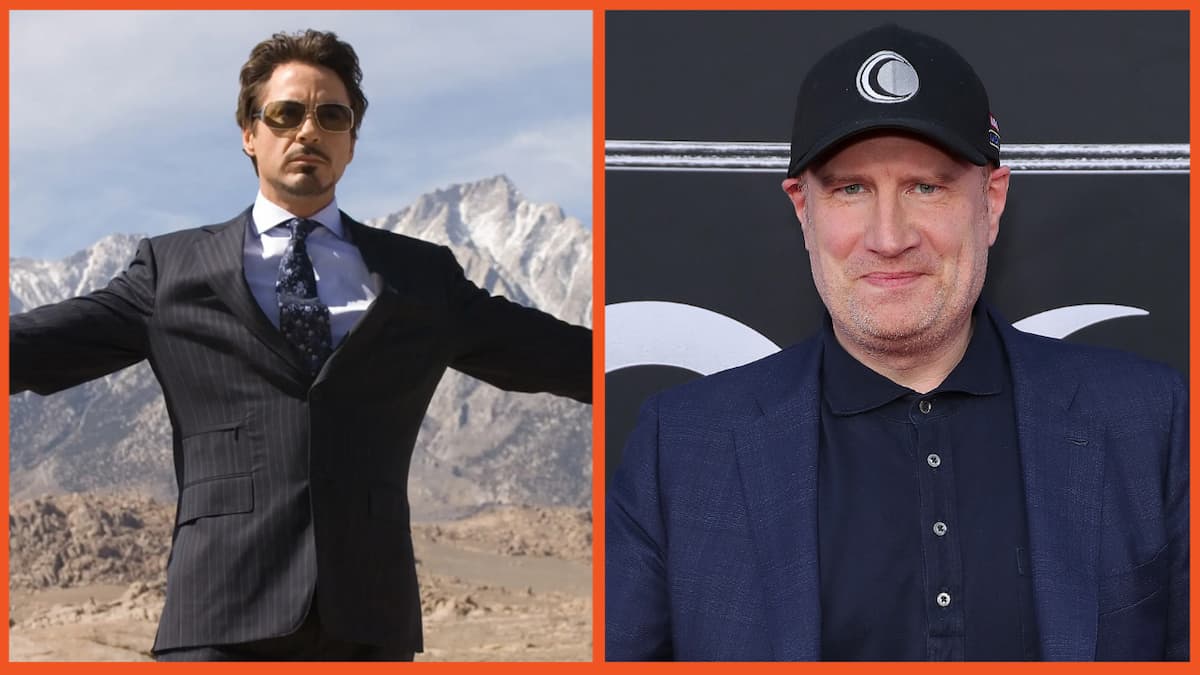
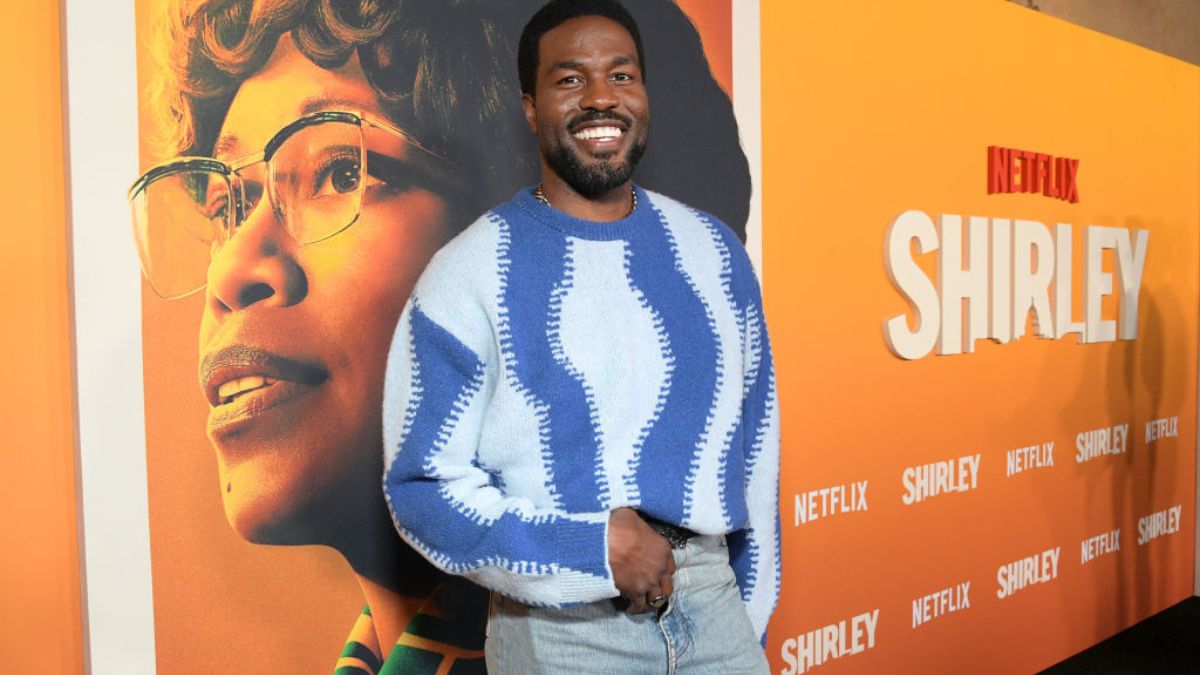
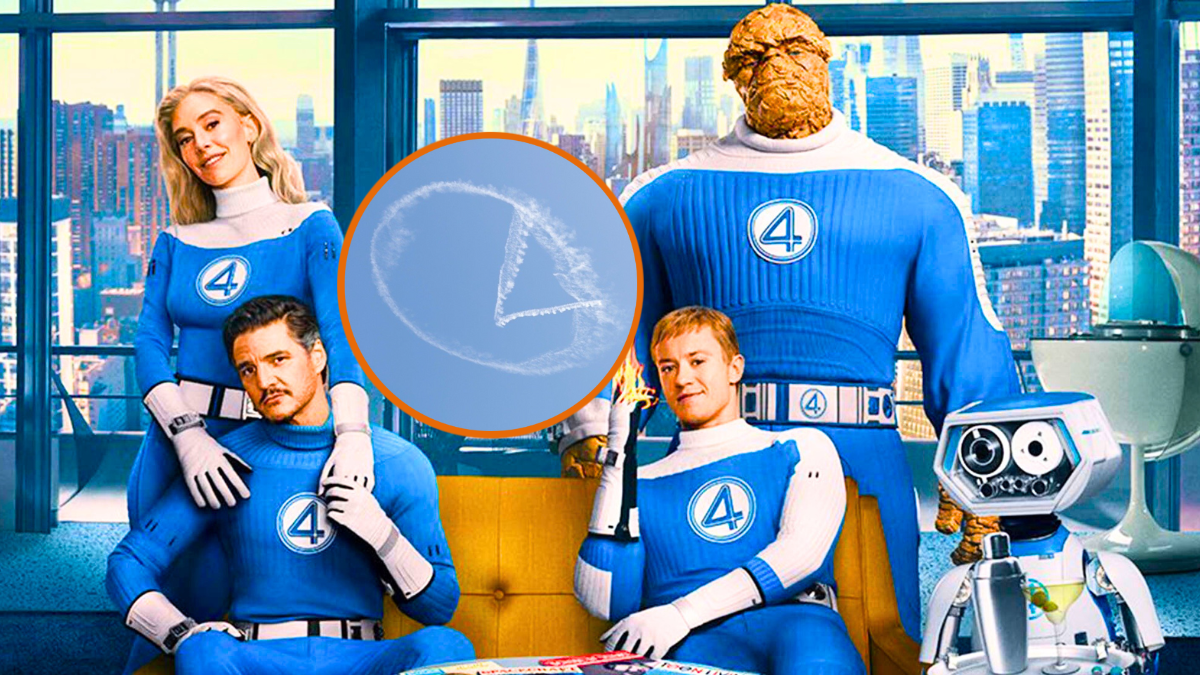
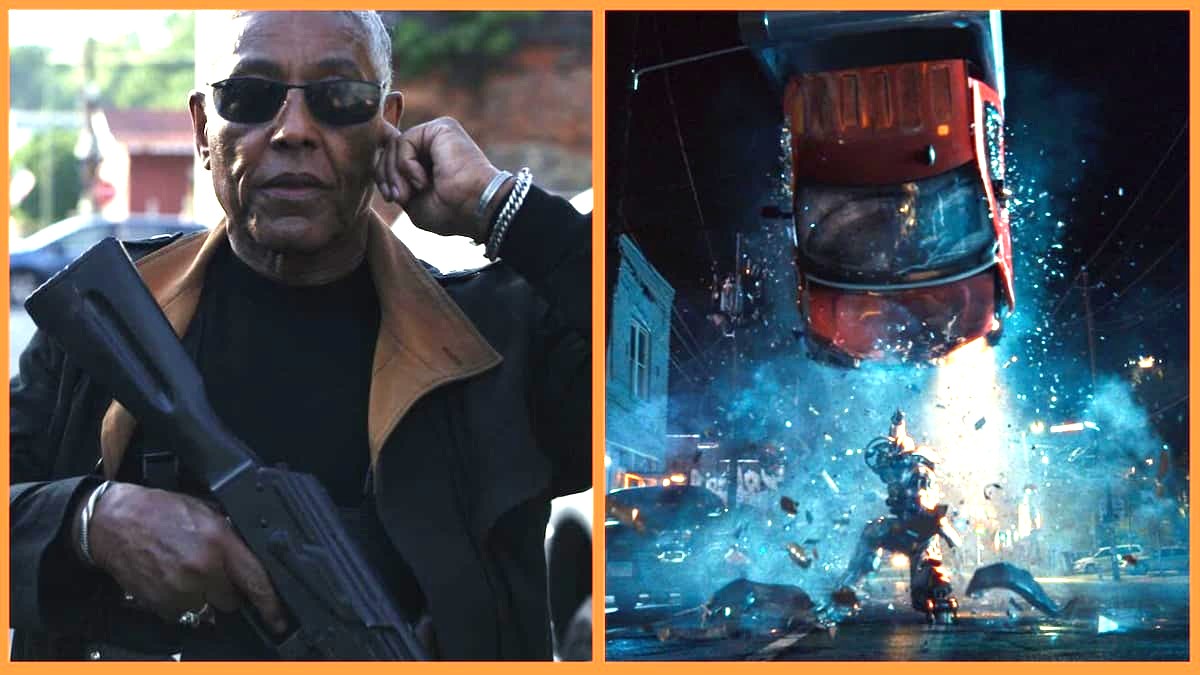

Published: Feb 24, 2023 12:15 pm